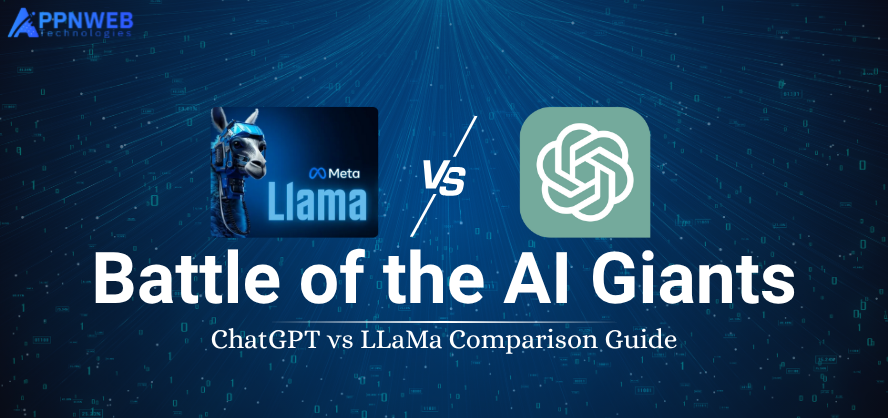Rapido, an Indian bike taxi application has stepped up the game in short distance travel providing affordability, speed and convenience. Understanding the framework of the app makes one see how the technological and strategic foundations support the smooth user experience interface. We proceed to provide a detailed analysis of the entire functional architecture of how Rapido functions from the user interface to backend solutions.
Overview of Rapido's Service

Rapido is an app that links riders (Captains) with people with a need for transport hence, affordable and convenient transport. Its features include:
- Quick Booking: Mobility services which include specifically bike taxi services where users are able to order a ride within seconds and wait times are nearly inconsequential.
- Real-Time Tracking: Allows the identification of one’s Captain and time of arrival, the necessity for which adds to the credibility of services provided.
- Cashless Payments: The payment methods include digital wallets, UPI, Credit/Debit Cards, offers coupons, and promo codes.
- Safety Measures: Among them are KYC protocols for Captains, both riders’ helmets, and live tracking that may be shared with other individuals of trust in case of a trip.
Main Stakes of Rapido’s Framework
a. User Application (Frontend)
The user-facing app is one of the elements highlighted in the highlighted framework. It is designed to ensure simplicity and usability:
User Interface (UI): Easy navigation and low on ornamentation to enable all ranging from children to the elderly to find their productivity without undue confusion.
Features:
- Point-to-point transportation services through shared ride pick up and drop off system with GPS technology.
- Time dependent pricing and its applicability to fares and other cost estimates including real-time traffic.
- Integrated with payment gateways which saves the card or wallet for easy express checkouts.
- Status notification of ride details and promotional offers.
Technology Stack: Developed using compound application programs such as React Native or Flutter, to support Android and IOS devices. These frameworks allow for quick adaptations and more uniform interactions with no user with the same experience.
b. Driver App/ Captain Application
The captain app is tailored for the bike owners providing rides:
Features:
- New ride requests immediately with good details like user ratings for the trips.
- The facility of Google map integrated into the application to recommend the optimum paths within the application.
- Financial statement containing daily, weekly and monthly performance reports to monitor business earnings.
- Mobile alerts informing about available bonuses for high productivity at the moment.
- Support Options: Integrated assistance center for technical and operating support.
Technology Stack: Like the user app, but designed more towards the task features and real-time activities integration.
c. Backend System
The backend is the core of the Rapido framework as it underpins each real-time action and data management.
Core Components:
- Ride Matching Algorithm: Sophisticated parameters used by the algorithm include distance, ratings of Captains and their working history to ascertain better match of rides.
- Real-Time Communication: Uses WebSockets or Firebase for instant things like the status of Captain and progress of the ride.
- Data Storage: Large scale solutions or the database as a service like AWS DynamoDB or MongoDB will scale up for millions of users and captains.
- Payment Processing: Safe integration with payment gateways such as Razorpay, Paytm and transaction safety features against frauds.
- Load Balancing: It means that the device will run as expected during the busy period when a lot of users engage in simultaneous activities.
Technology Stack: MEAN stack, Django/Flask with Python, Java microservices for modularity to make applications scalable.
d. Mapping and Navigation
Navigation is a critical aspect, enabling efficient and accurate rides:
- Mapping Services: Geolocation, real time directions and time to destination estimates are made through the Google Maps API.
- Traffic Analysis: Current data regarding the traffic flow is used to estimate and prevent traffic congestion while offering real-time routing to the appropriate routes to follow.
- Geofencing: To make sure Captains work within the defined areas of the establishment, thus increasing service provision area coverage.
Operational Workflow

Step 1: User Booking
- Pick up and dropping locations are entered by the user by marking them on an interface map.
- App uses the distance traveled together with features such as the time of day and traffic patterns to determine the fare.
- Anonymised ride request details are sent to nearby Captains through location-based algorithms.
Step 2: Captain Acceptance
- Captains get ride information regarding the particular trip such as distance, fare estimation, and user ratings.
- The first Captain accepts is instantly given the ride thus rapidly satisfying a user’s demand.
Step 3: Ride Execution
- The Captain is also able to conveniently move to the user’s position with the help of the in-sight navigation functions.
- Information about Captain’s arrival is sent to the user with an ability to ask questions in a chat immediately.
- It starts with live tracking which the user and their contacts can monitor.
Step 4: Payment and Feedback
- Users will wire or make an online payment through his/her preferred mode of payment with additional options of including incentives for great service.
- After every ride, both captain and the user rate each other hence enhancing the chances of better matching in future and quality services.
Growth Strategies & Measurement
Growth Strategies
- Promotions: The reason for loyalty and expansion are bonuses for referrals, festive sales, and other perks.
- Market Expansion: Because as people’s demands for transportation increases within tier-2 and tier-3 cities, therefore the focus should be on providing for such markets.
- Partnerships: Thus, local business and event organizers can provide customers with customized transport solutions.
Analytics
- Ride Data Analysis: Analyses the issues of extending choice of time, concerning the most heavily trafficked roads and popular addresses, and the best candidates are selected with regard to users’ characteristics.
- User Behavior Tracking: Adds preferences to offer and better understand applications and services consumers want.
- Predictive Modeling: Can predict when demand will increase during an event or during bad weather causing the manager to act ahead of time.
Conclusion
The interfaces of the Rapido app are easy to use for users and back-end systems along with algorithms of intelligence make the experience of the Captains and its users very efficient. The bike taxi industry has benefitted from having this organised structure that is scalable and secure, underpinned by real time technologies to enhance urban mobility.
A continued adaptation to the emerging safety standards, advanced technologies as well as adding on new service delivery puts Rapido at vantage position in the changing on-demand solutions market.
Thanks for reading!
Have a project in mind? Schedule a free consultation today.
Get StartedNeed Expert Development Services?
You have spent quite some time on this page while seeking a suitable technology partner.



















 Hire Craft CMS Developers
Hire Craft CMS Developers
 Hire Flutter Developers
Hire Flutter Developers
 Hire Blockchain Developer
Hire Blockchain Developer
 Hire WordPress Developer
Hire WordPress Developer
 Hire Magento Developer
Hire Magento Developer
 Hire Laravel Developers
Hire Laravel Developers
 Hire SaaS Developers
Hire SaaS Developers
 Hire Shopify Developer
Hire Shopify Developer
 Hire the Best Android Developer
Hire the Best Android Developer
 Hire PHP Developer
Hire PHP Developer
 Hire the Top 3% of Java Developers
Hire the Top 3% of Java Developers
 Hire Fully Vetted Angular Developers
Hire Fully Vetted Angular Developers
 Hire ReactJS Developers in India
Hire ReactJS Developers in India
 Hire iOS Developers in India
Hire iOS Developers in India
 Hire React Native Developers
Hire React Native Developers
 Hire Python Developers
Hire Python Developers
















































































